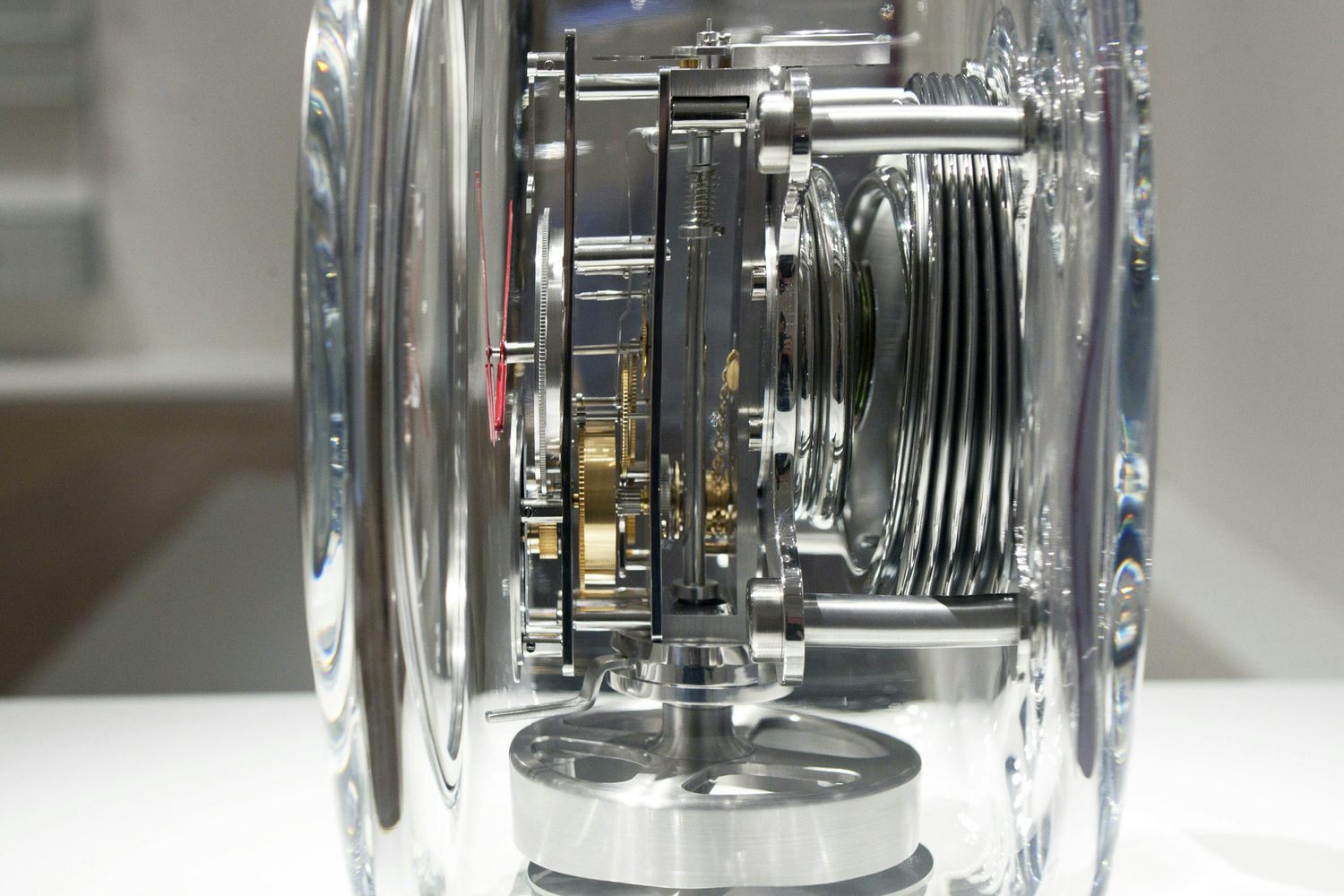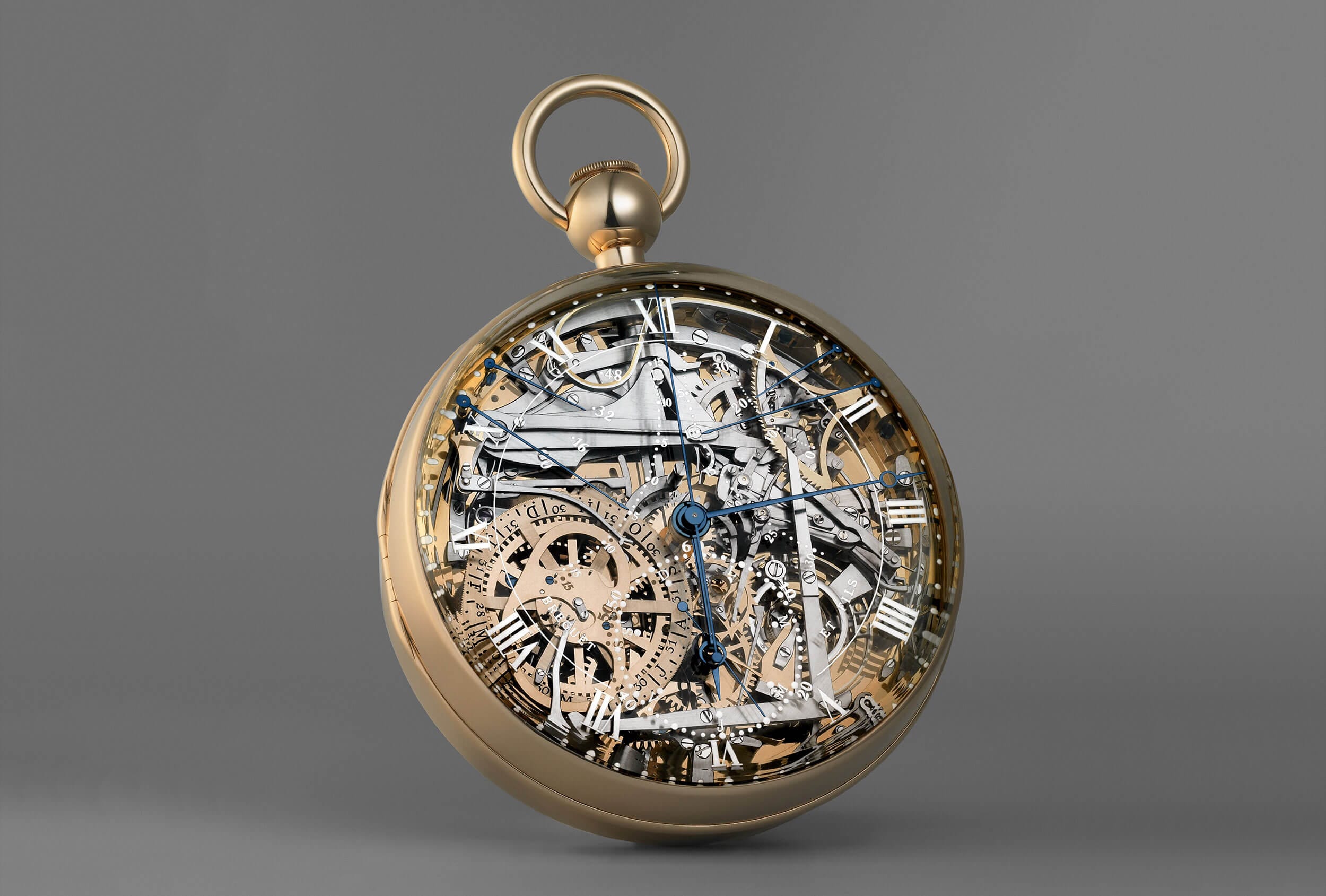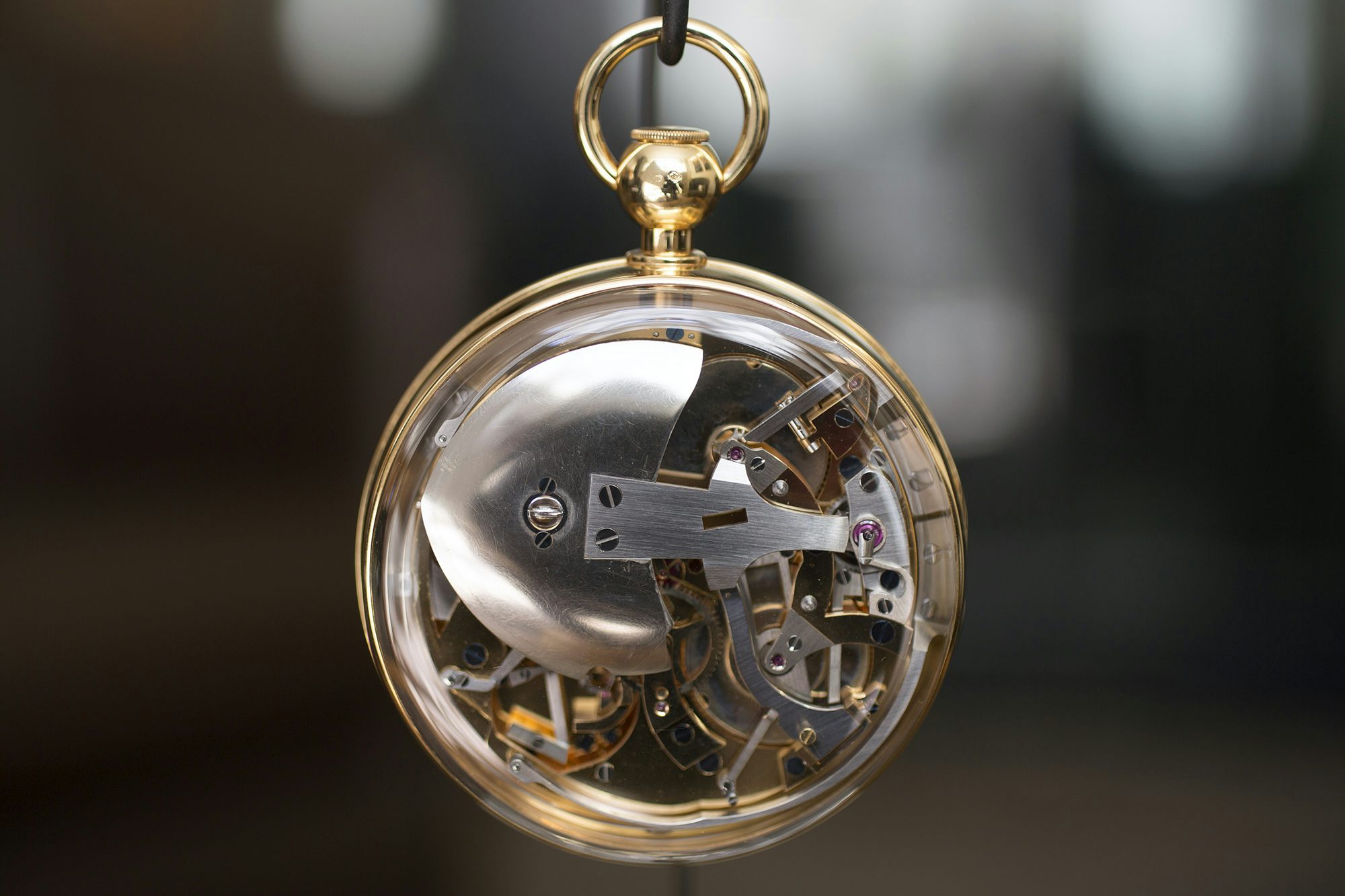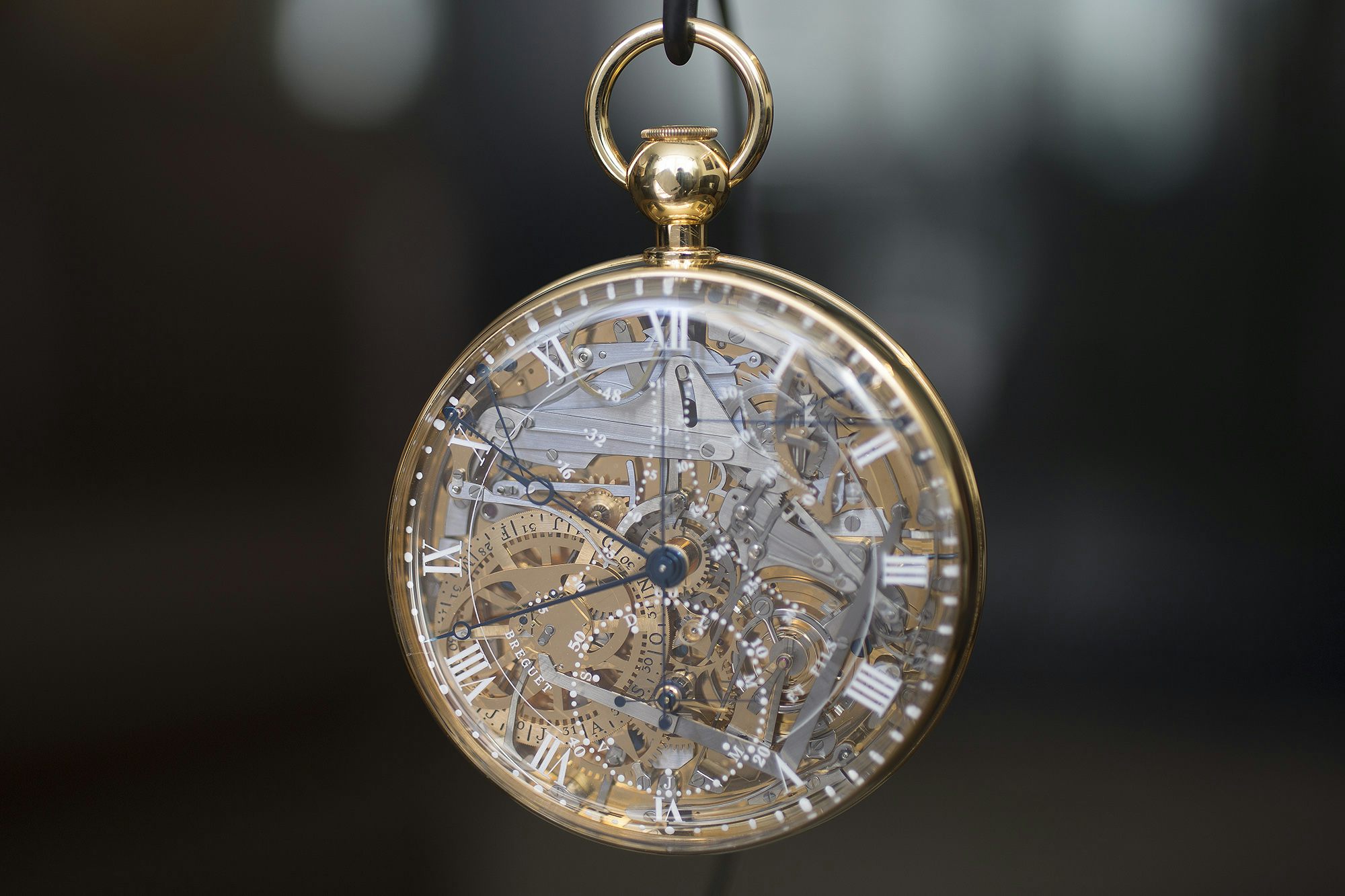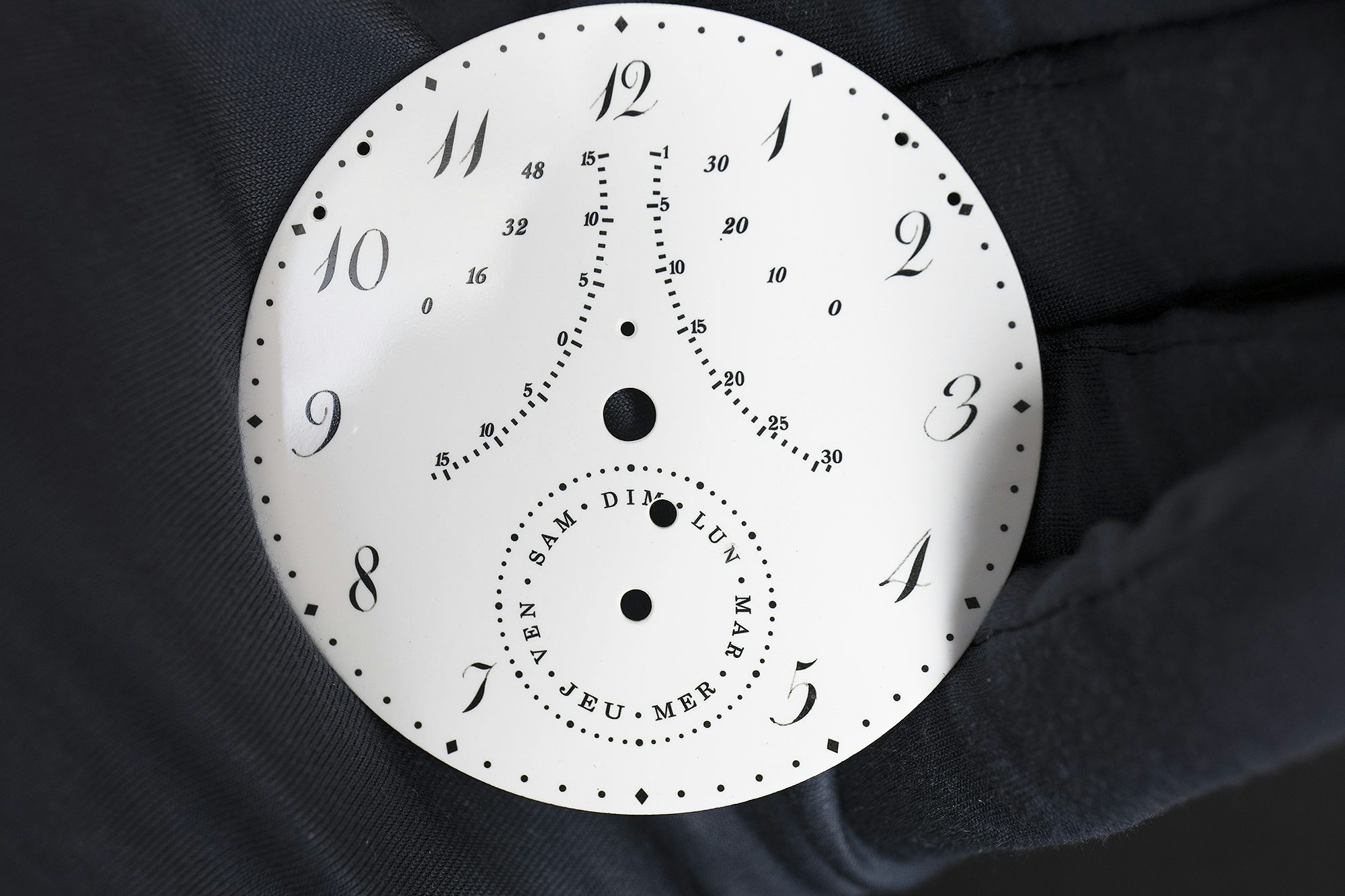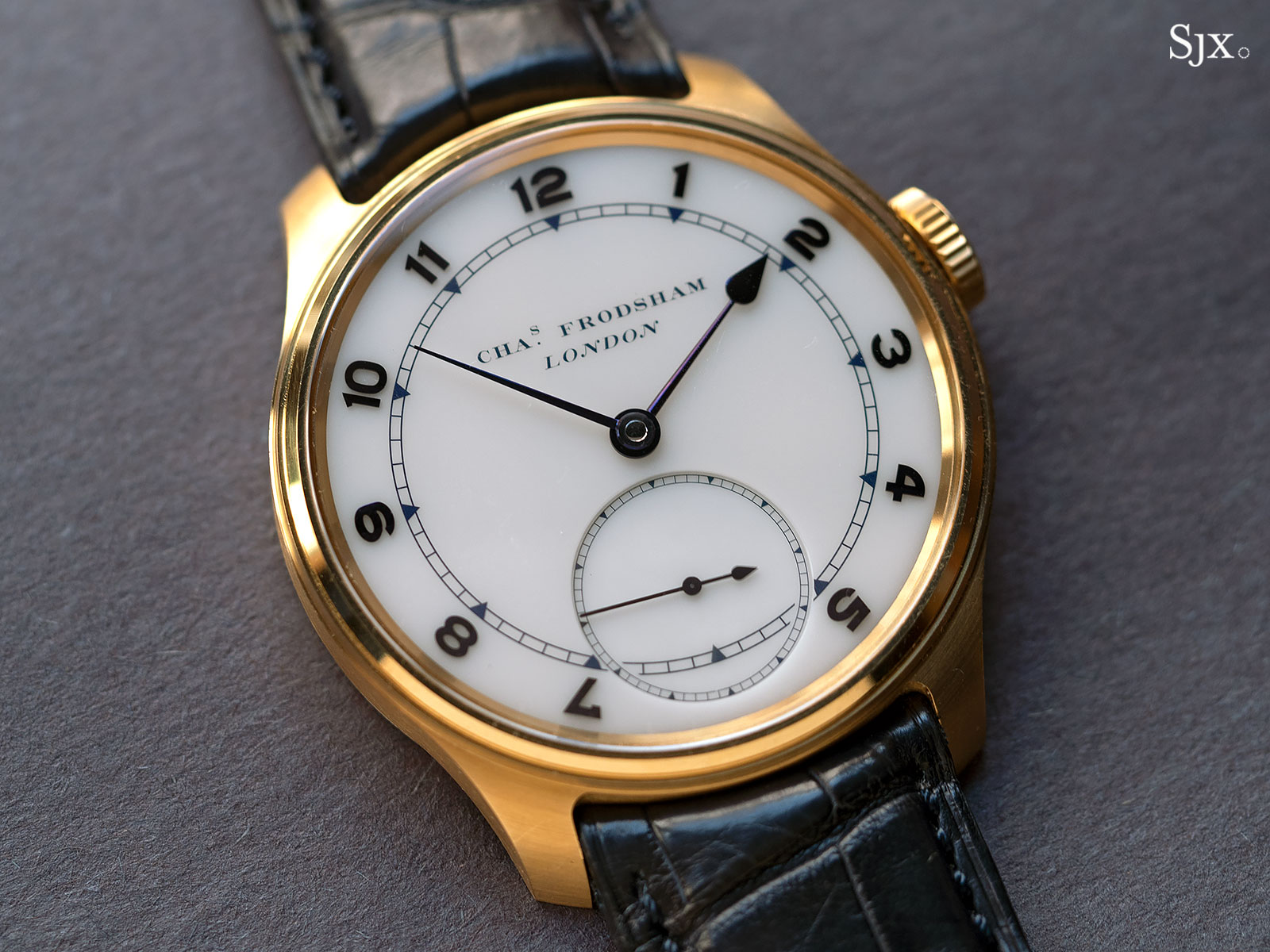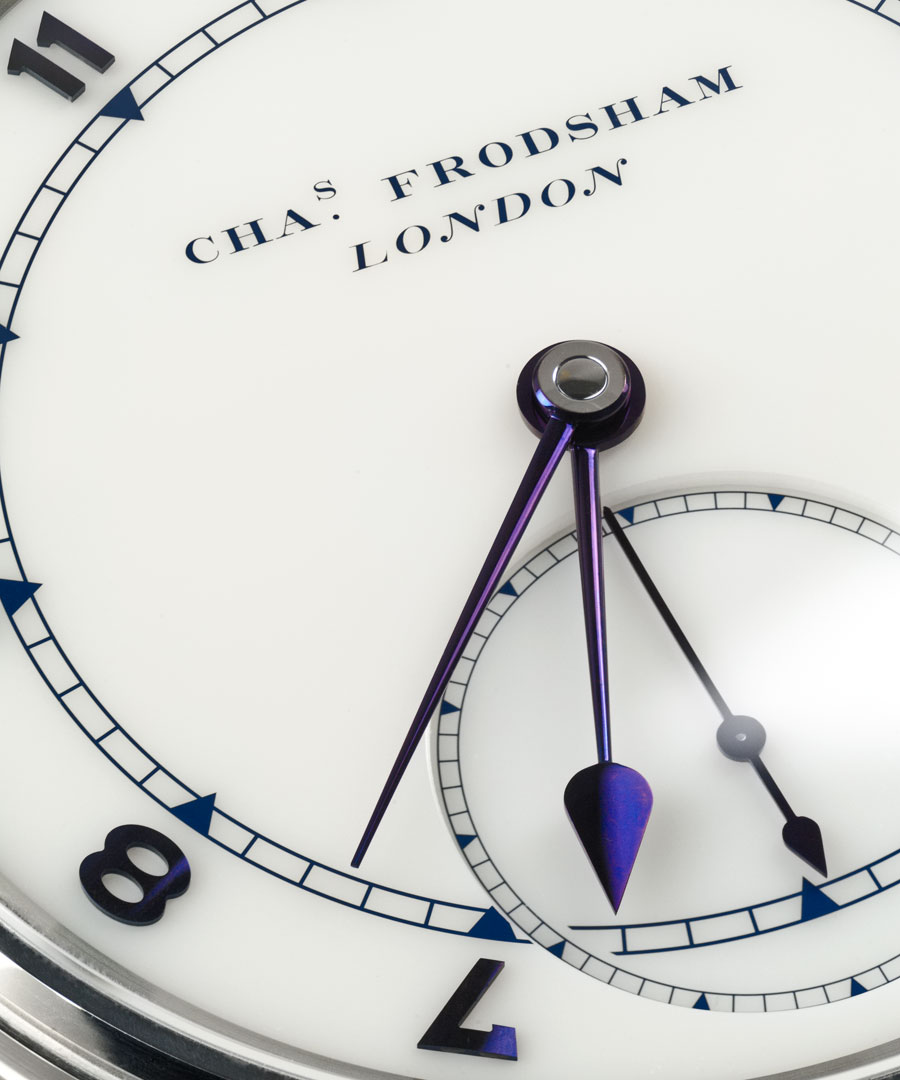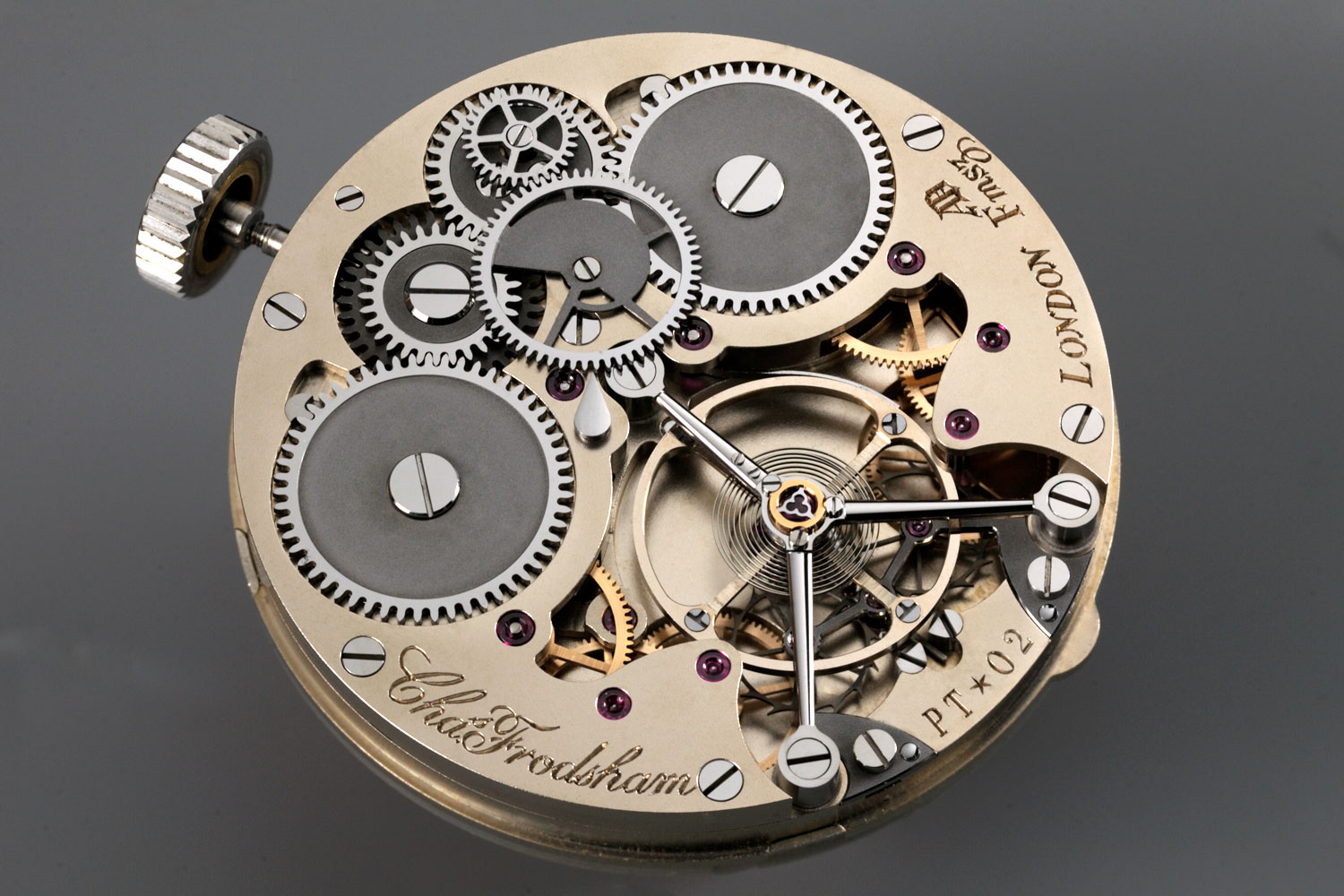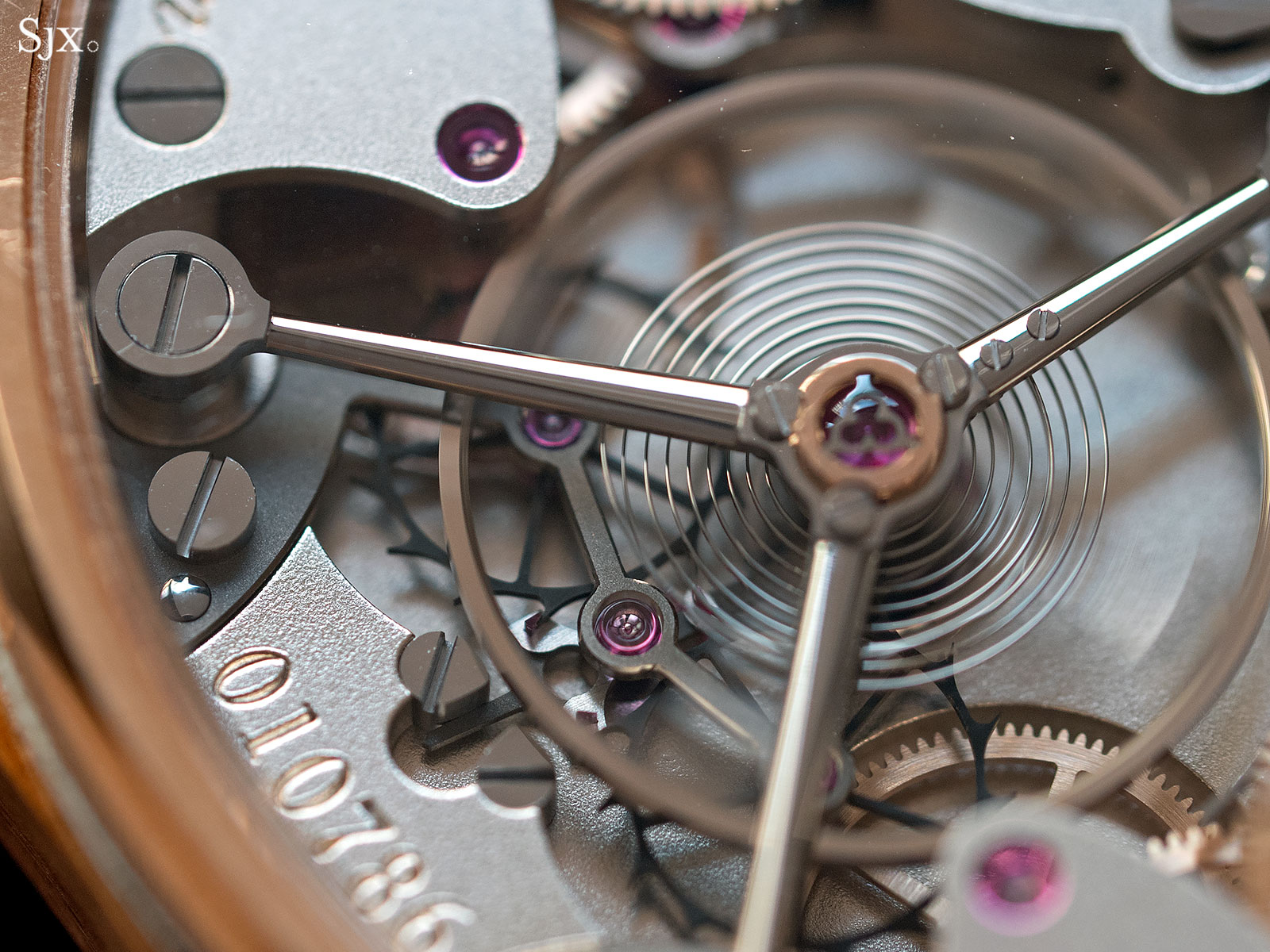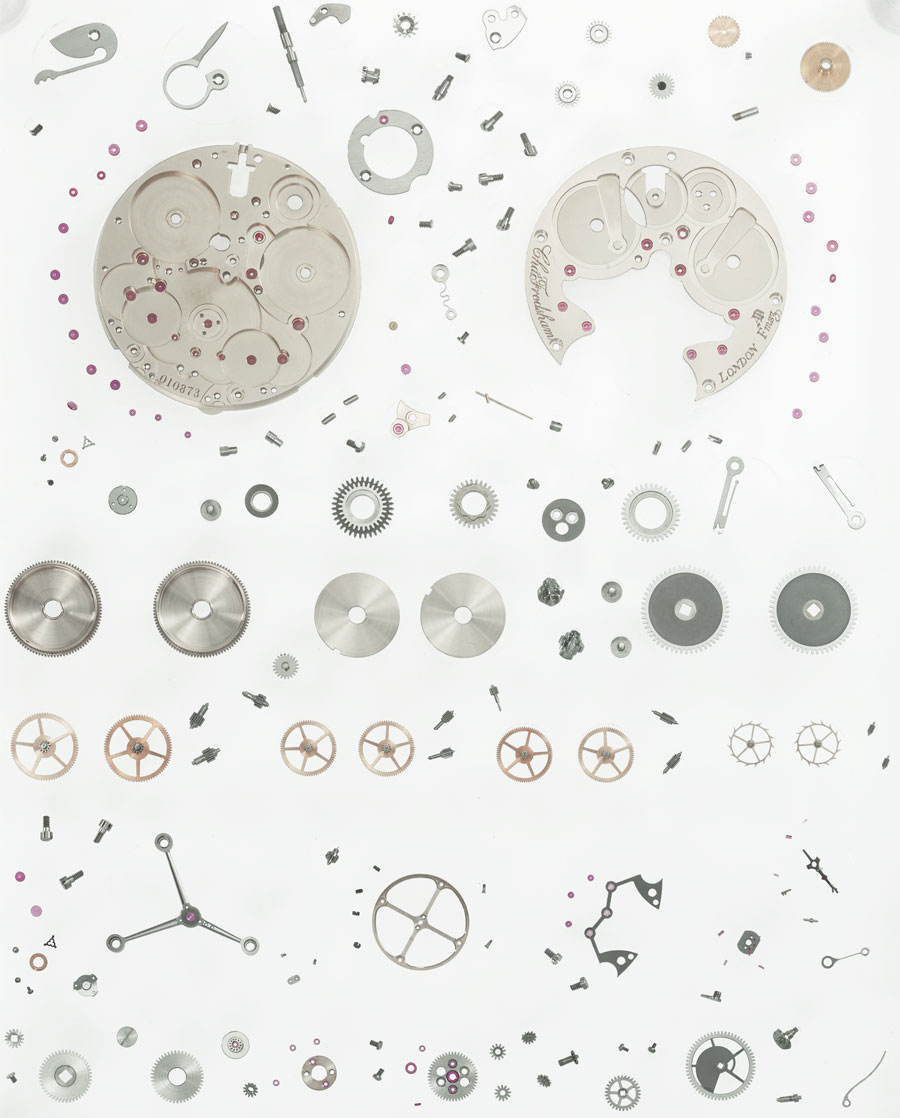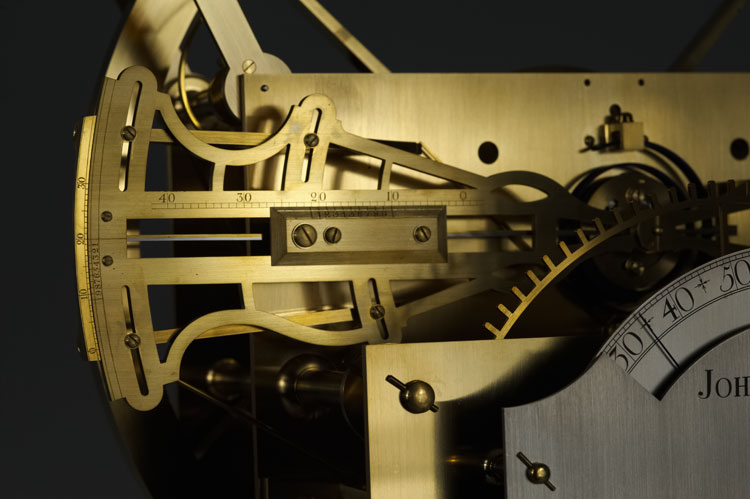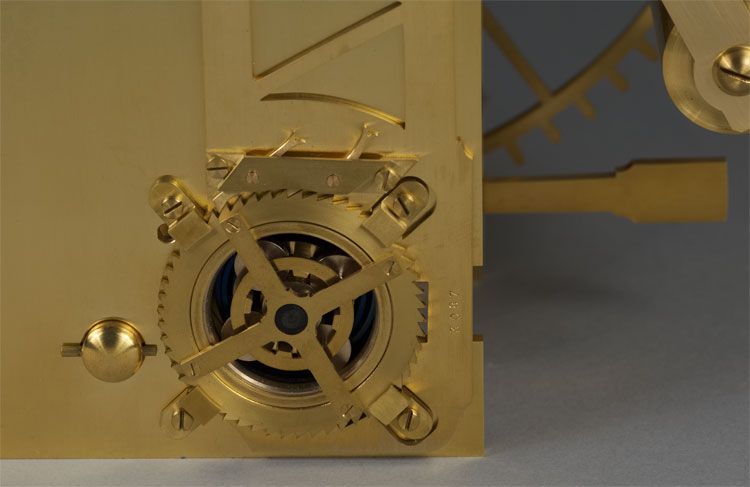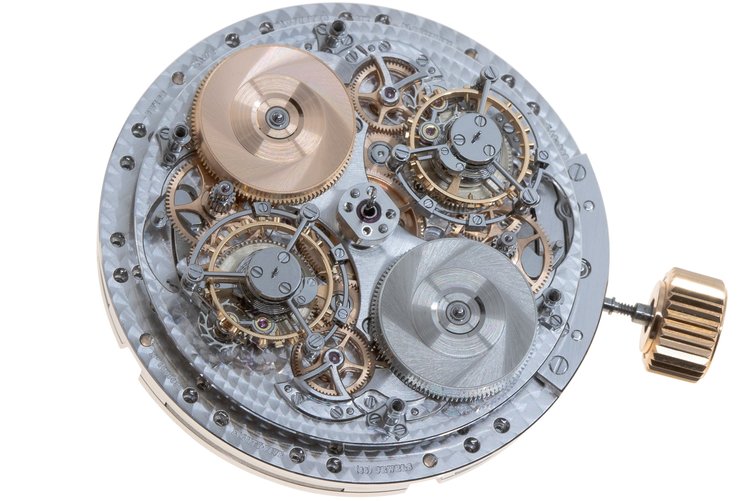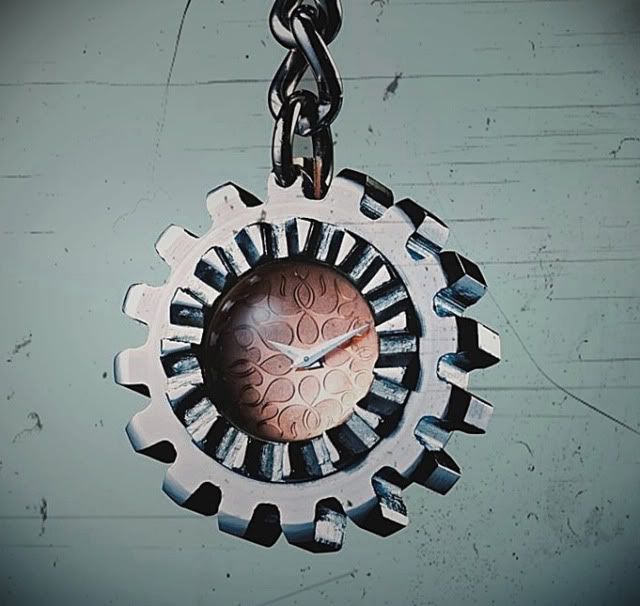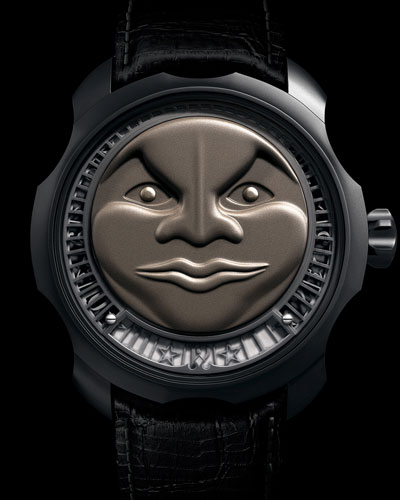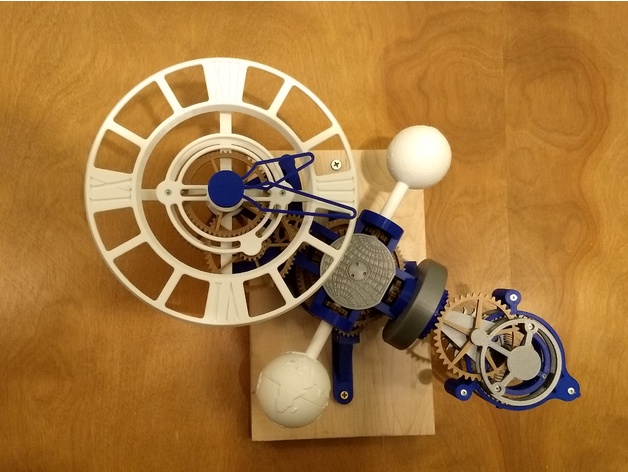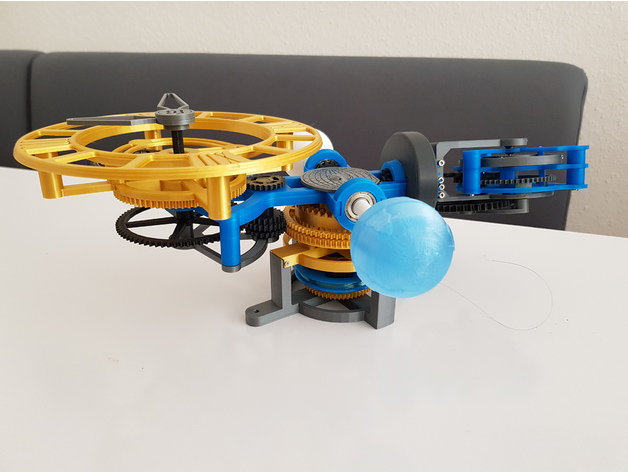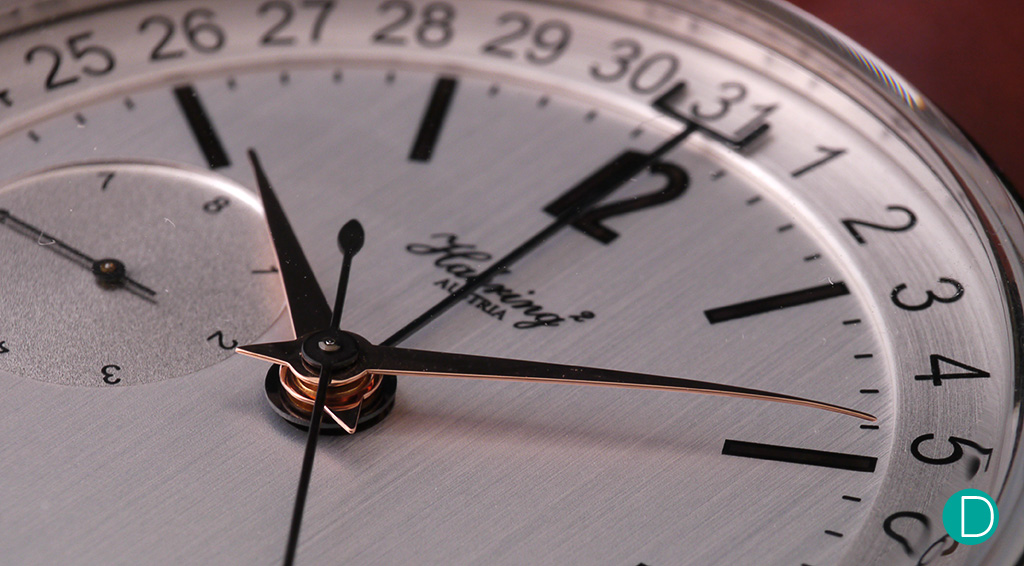As I haven't really talked much about antiquarian horology here and it came up in my last post I figured I'd dedicate a post to Harrison's H4, his second to last timepiece and the one most resembling a modern watch. If you're not familiar with Harrison and his enormous historical significance, I recommend reading the magnificently titled "Longitude: The True Story of a Lone Genius Who Solved the Greatest Scientific Problem of His Time" by Dava Sobel. In short, he was born in 1693 to a carpenter, taught himself horology, and invented the first marine chronometer suitable for accurately calculating longitude, making navigation a much more certain exercise. His ultimate goal was to collect the £20,000 prize offered by the Board of Longitude for the first person to devise such a device, but the Board was very reluctant to recognize his accomplishment. In the end, the prize was never awarded to anyone.
H1, H2, and H3 were bizarre colossi of clocks, completely unlike anything produced before or since. H4, however, was much more in line with the contemporary standard. It resembles a very large pocket watch, about the size of your hand.
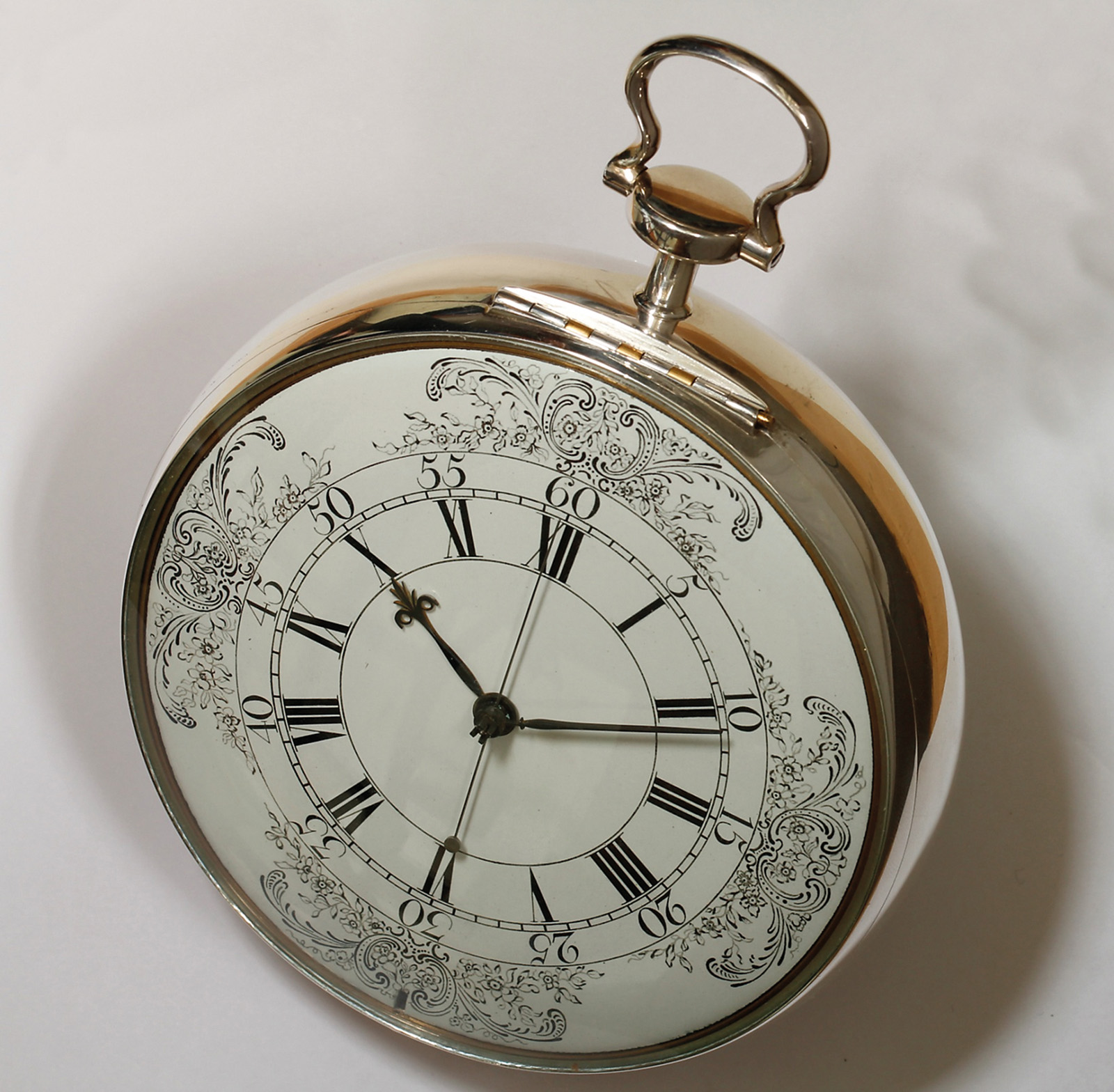
Produced over six years, the watch is relatively complex even by today's standards. It's equipped with a
fusee and
remontoire to ensure constant force is applied to the movement. The escapement is a heavily modified verge (the verge was the very first mechanical escapement and the standard in Harrison's day). Its most remarkable features are its extremely small diamond pallets. In fact, experts still aren't sure how Harrison might have achieved such precision with the tools available at the time. The watch was demonstrated to be capable of an accuracy of about +/- 2.66 seconds per day. This level of accuracy is quite adequate for the accurate calculation of longitude over extended voyages
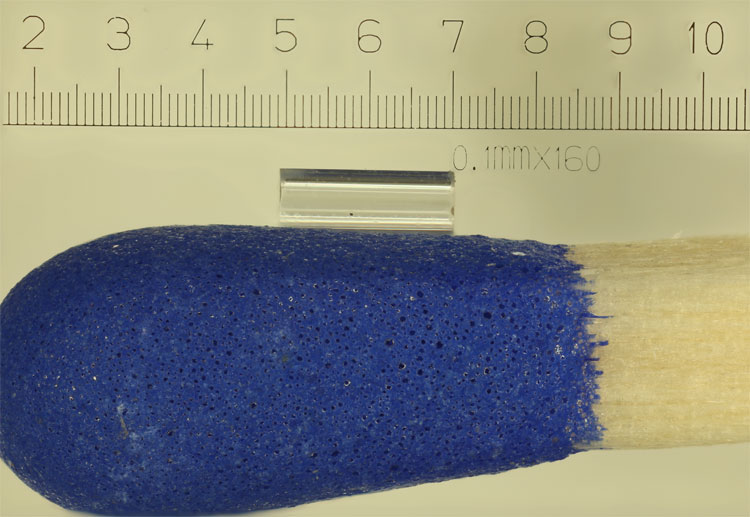
In 1997 the celebrated watchmaker Derek Pratt undertook to replicate H4. This was no easy task, as Harrison made no effort to document any detail of the mechanism. Unfortunately Pratt died before he could finish the watch, but the project was carried on by Charles Frodsham & Co. and completed in 2014. For some reason they're reluctant to put good pictures on their website, but I found the best I could.
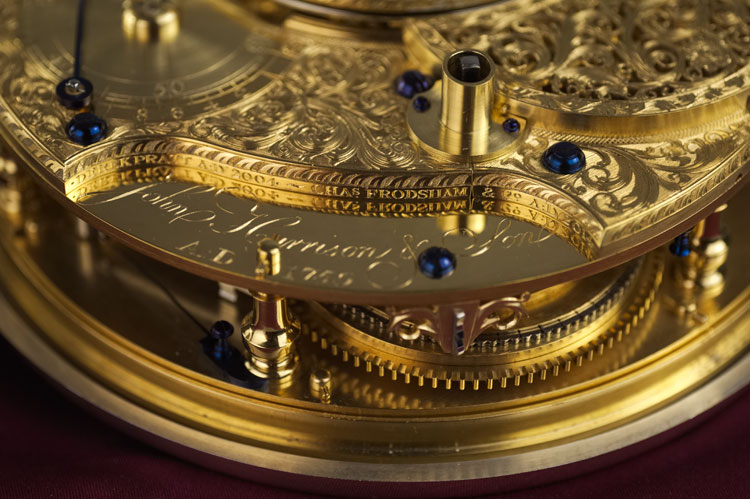
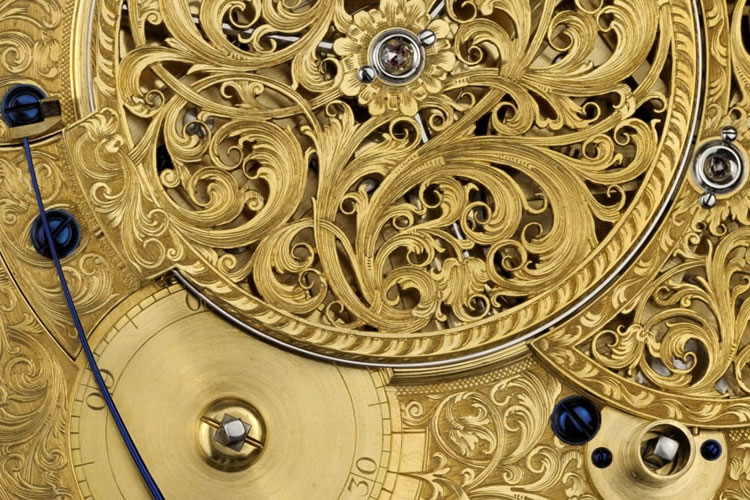
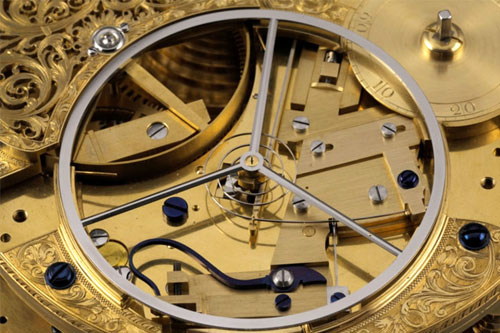
Every detail of the watch has been exquisitely finished. In fact, its hands are the most finely detailed I've ever seen, despite apparently being themed after a pineapple.
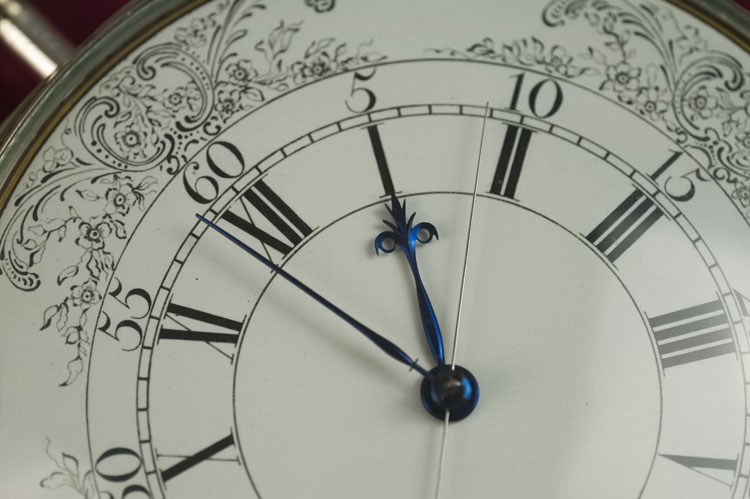
The video at the top if
this page provides a much more detailed view of the workings along with explanations of each major component and footage of the watch running. It's really an extremely interesting piece of engineering, especially considering its age.


